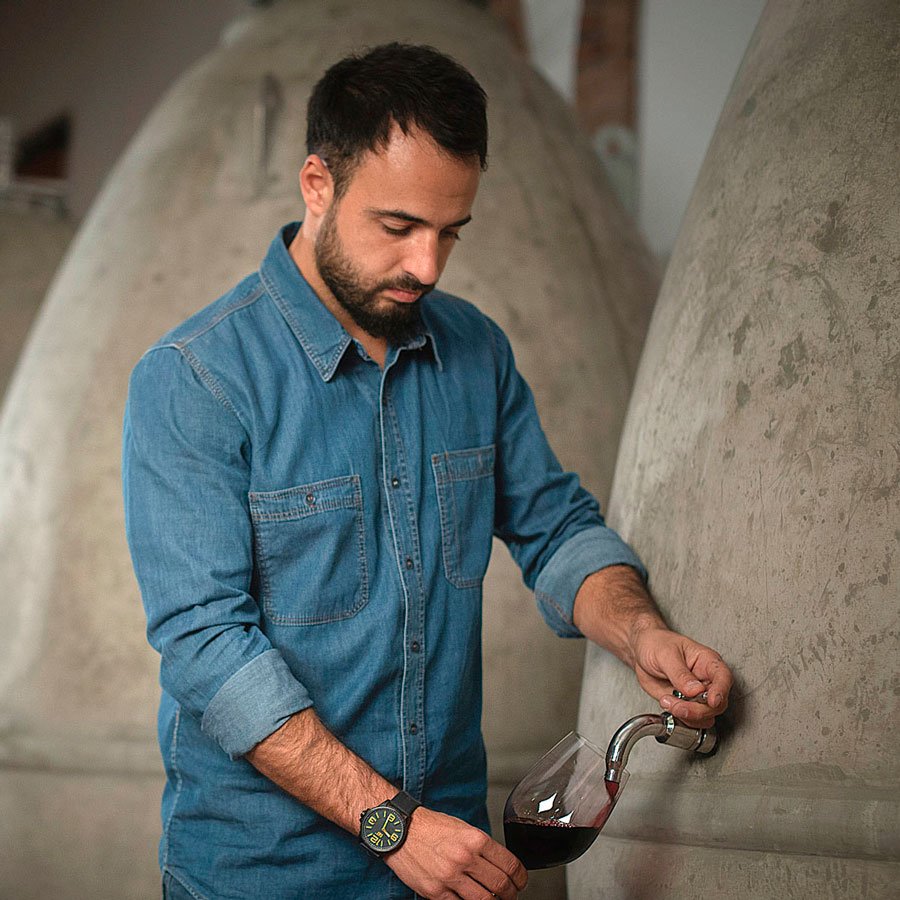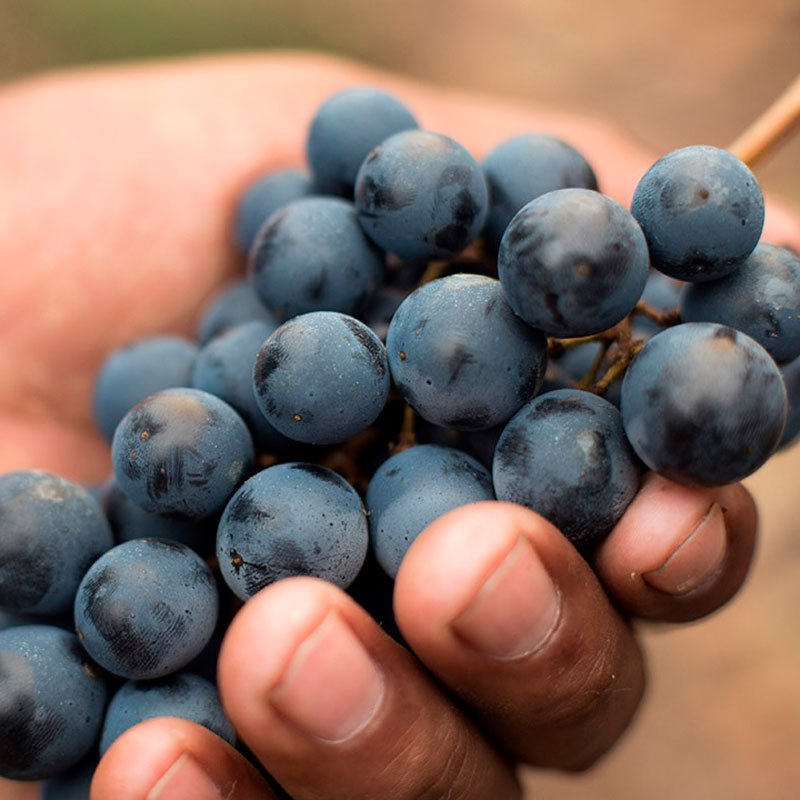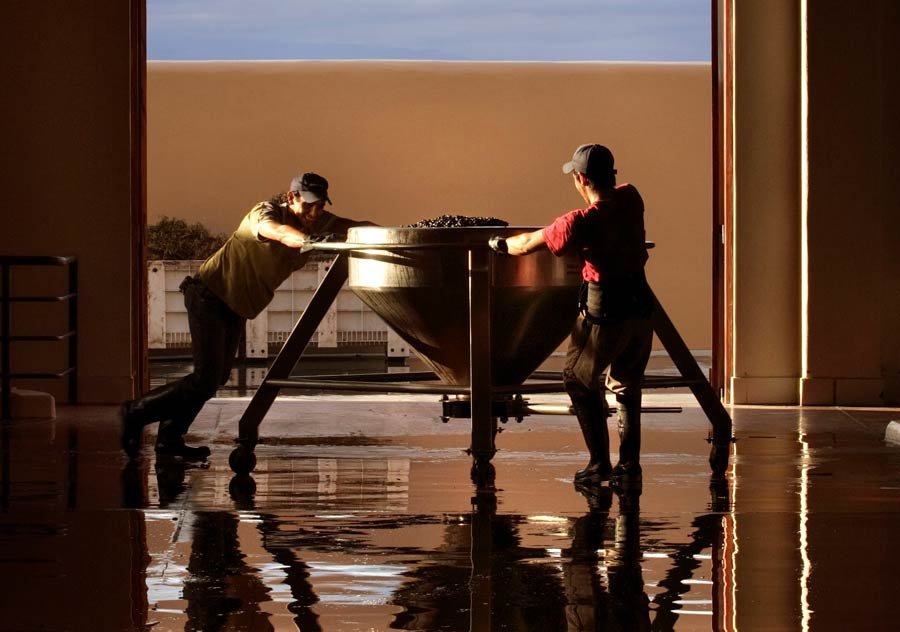The vinification follows our concept of “precise viticulture”, where each parcel of the vineyard is different from the other (by the soil condition, vegetal material, etc) and sometimes we find differences within each parcel. In many occasions, we see co-fermenting parcels and varieties, looking for a specific wine based on the grapes (raw material).The winemaker and his team`s job is to understand the beauty of each place in order to select the right vinification for each style of wine. This is a key differentiation between an industrial winery and a boutique winery.
That means there is no a fix recipes or method to define our vinification. For such reason, the description we can make will be always a general overall description regarding the process of making wines



Harvest is done by end of March and during April. Timing will be depending on the insolation during the season, the temperatures and the different weather phenomenon occurred through this period of time..
It is important to pick the fruit without hearting it in order to avoid leaking juice. At the same time, it is important to move the fruit as soon as possible to the winery to keep all the organoleptic grape conditions.
Afterwards, there is a bunch selection process, which are placed in a moving selection table where leaf on bunches on bad conditions are discard. Destemmed process is made by removing the stick from the bunch. The fermentation tanks are filled through gravity avoiding damages on the grape skin and on the seeds.

Once fruit is in the tanks, mixed with skin, seeds and pulp, macerations process starts. While this process takes place, alcoholic fermentation is achieved as well the transmission of the aromas, flavors and tannic components to the final wines.
All these components define the style and the quality of the wine.
The fermentation-maceration is done under traditional way with daily pumping over. Yeast takes action and the sugar is transformed into alcohol and carbonic gas. Fermentation is executed under fixed temperatures (24 to 28 Celcius) for a period of 15 to 20 days. For the maceration process, each tank is adjusted one by one according to the quality of the grapes each tank has on it.
The skin moves up by the action of the carbonic gas, creating a hat with solid material on the upper side of the tank. The pumping over process moves the must through the hat so the big majority of the juice gets in contact with the skin. The time of this process is also adjusted depending on the style of the wines.
Once the maceration is finished, the free run wine is separated. Then the wines are moved within the winery to remove naturally all the sediments. No clarifier is used, only the movements and the time will naturally clean the wines.
In all our wines spontaneous malolactic fermentation is done while May through June.
Finally, the aging process starts at French oak barrels and French oak foudres, also in cement concrete tanks and stain steel tanks as well. Wines rest there for a period of time (between 12 and 24 months) depending on each wine. The wines while the aging process gain softness and bouquet.